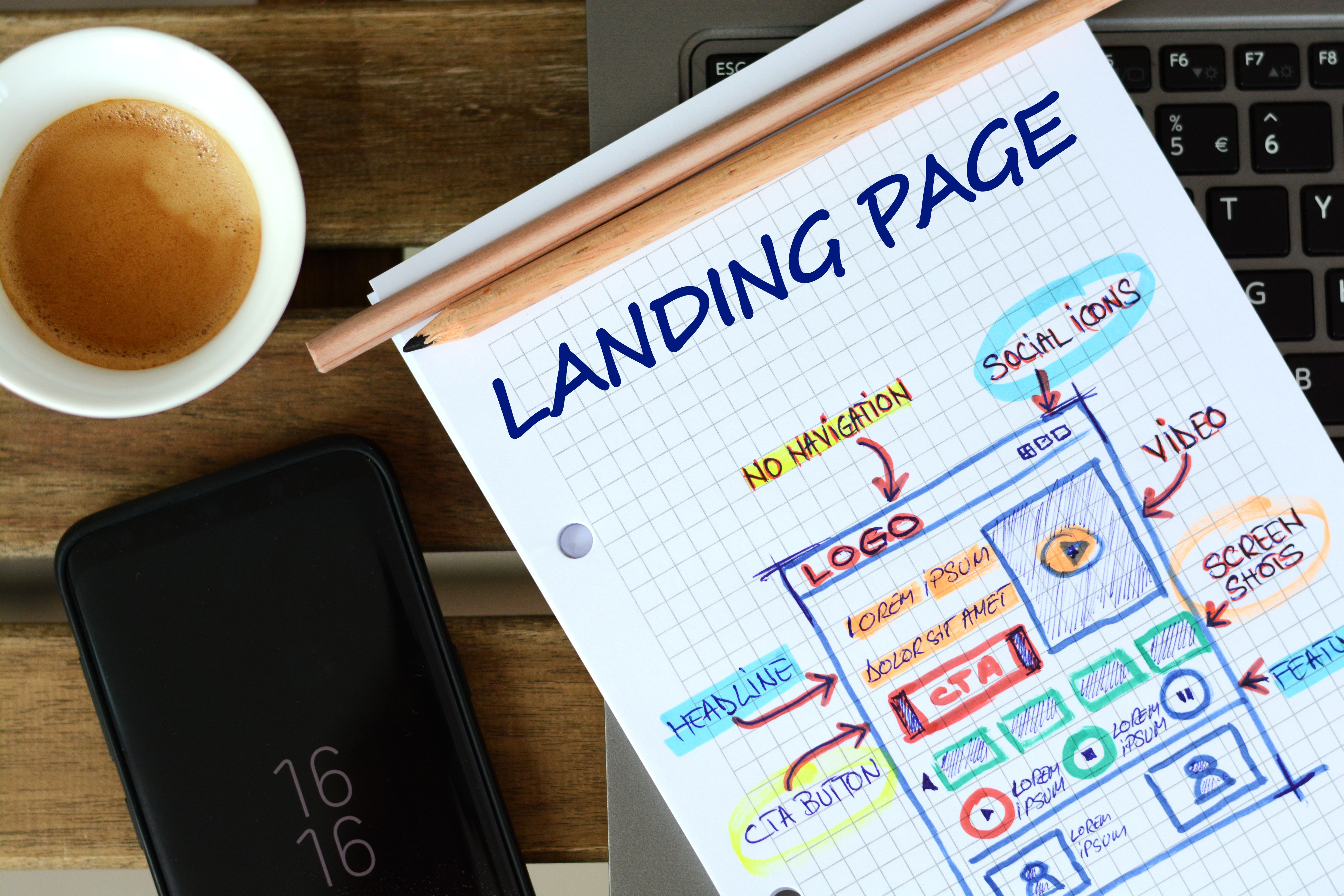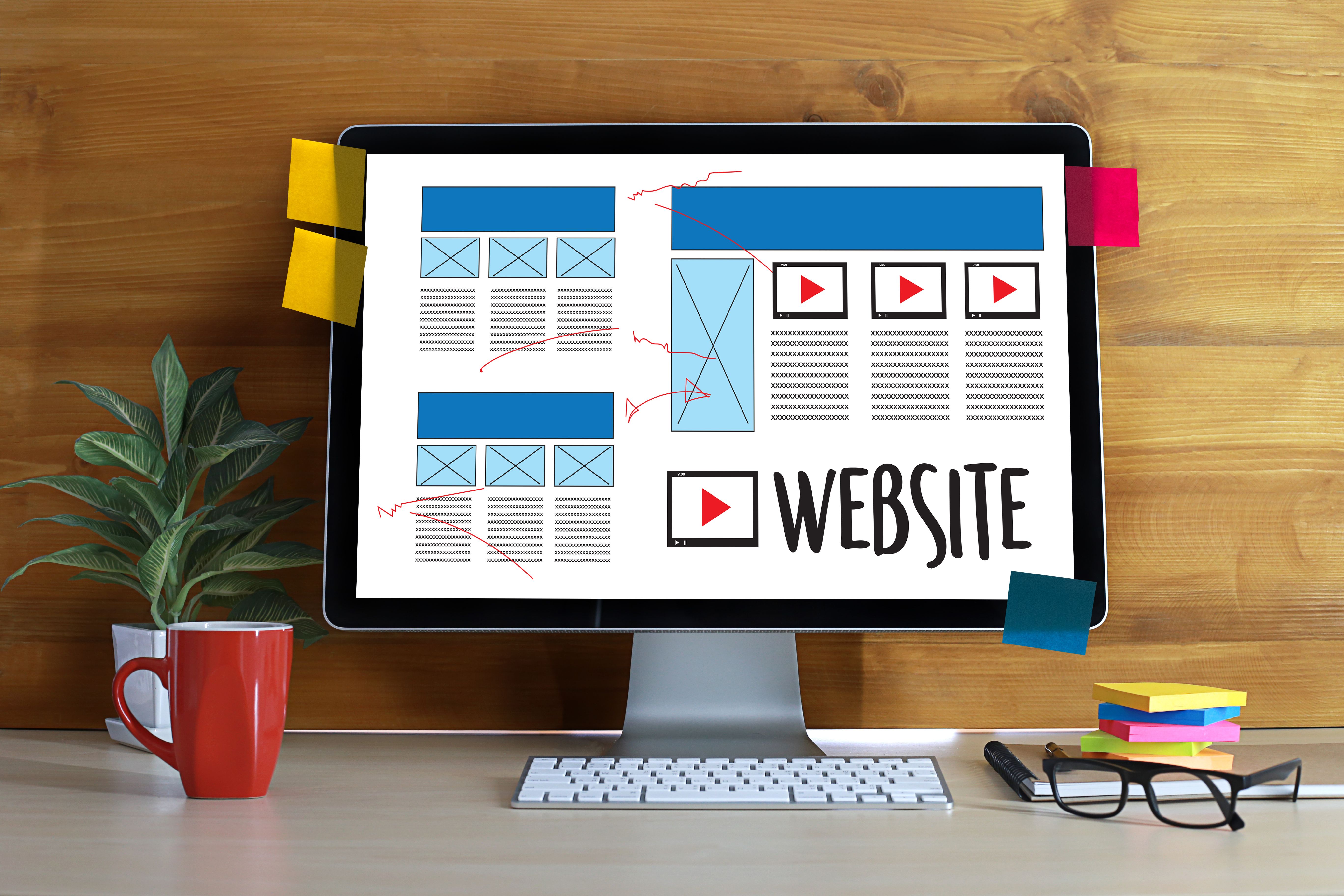Tips for Structuring a High-Converting Landing Page
TO
Understanding the Purpose of a Landing Page
A landing page is a standalone web page specifically designed to capture leads or drive conversions. Unlike other pages on your website, a landing page has a single focus or goal, known as a call to action (CTA). This singular focus makes it an essential tool in your marketing arsenal.
To structure an effective landing page, it’s crucial to understand its purpose. Whether you're aiming to capture email addresses, promote a product, or collect survey responses, the design and content should guide visitors towards this goal.

Crafting a Compelling Headline
Your headline is the first thing visitors will see when they land on your page, so it needs to be compelling. An effective headline is clear, concise, and communicates the value proposition of your offer. It should immediately grab attention and encourage visitors to read further.
To craft a strong headline, focus on the benefits that your offer provides. Use action-oriented language that resonates with your target audience. Remember, the headline sets the tone for the rest of the page.
Utilizing Subheadings and Bullet Points
Subheadings and bullet points are crucial for breaking down information into digestible chunks. They make it easy for visitors to scan the content quickly and find the information they need. Use subheadings to introduce new sections and keep them relevant to your main message.
- Ensure subheadings are descriptive.
- Use bullet points for lists or steps.
- Keep paragraphs short and focused.

Designing a Strong Call to Action
The call to action (CTA) is the most critical element of your landing page. It’s the action you want visitors to take, whether it’s signing up for a newsletter, downloading an eBook, or making a purchase. A strong CTA should be clear, concise, and prominently placed on your page.
Use contrasting colors for your CTA button to make it stand out. The text should be action-oriented and convey urgency, such as "Get Started Now" or "Download Today." Ensure that your CTA is easy to find without having to scroll excessively.
Incorporating Social Proof
Social proof, such as testimonials, reviews, and case studies, can significantly enhance your landing page's credibility. Potential customers are more likely to convert if they see others have had positive experiences with your product or service.
Include authentic testimonials from satisfied customers along with their names and photos if possible. Display any awards or recognitions your business has received. This builds trust and reassures visitors that they are making the right decision.

Optimizing for Mobile Devices
With an increasing number of people accessing the internet via mobile devices, it's crucial to ensure that your landing page is mobile-friendly. A responsive design ensures that all elements of the page look and function well on any screen size.
Test your landing page on various devices to check for usability issues. Pay attention to loading times; a slow page can deter potential customers. Simplify navigation and make sure CTAs are easy to click on smaller screens.
A/B Testing for Continuous Improvement
A/B testing involves creating two versions of your landing page with slight variations to determine which performs better. This ongoing testing process can help you optimize elements like headlines, images, CTAs, and form fields for higher conversions.
Consider testing different color schemes, layouts, or copy variations. Use analytics tools to track performance metrics and make data-driven decisions. Continuous optimization can lead to significant improvements in conversion rates over time.